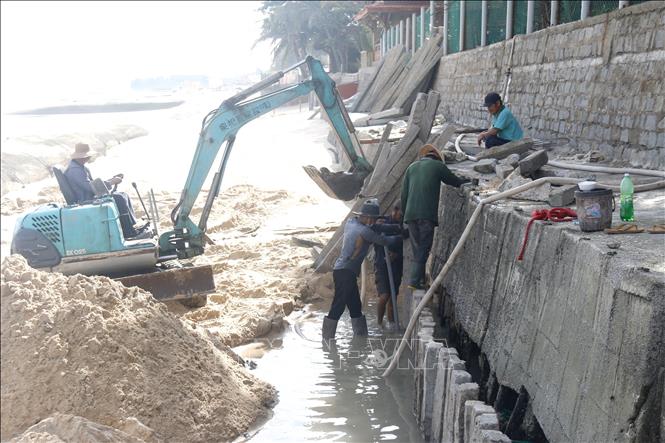
The speed of the drain is faster than the speed of the "patch"
In recent years, coastal erosion in Lam Dong province has continued to be serious, most of the eroded areas have been expanded, increasing the level of danger. For example, at Doi Duong beach (Phan Thiet ward), Lam Dong province previously constructed a 1.6 km soft embankment to protect the coast using technology from the Netherlands. However, the waves were so strong that the embankment under construction was damaged by the waves, and the sand bags were torn to pieces...
The locality had to switch to building concrete embankments to protect this coastline. Due to the large impact of sea waves in this area, many concrete embankments at Doi Duong are often damaged, and some embankment roofs have begun to collapse. In many residential areas where there are no embankments, most people still have to support each other by driving cajuput piles and building sandbags to make temporary embankments to protect their homes.
At Ham Tien beach (Mui Ne ward, Lam Dong province), three embankment sections with a total length of about 3.8 km were previously invested in. The remaining three interspersed sections with a total length of about 5.8 km have not been invested due to the large funding needs. In this area, some private tourist establishments, due to the urgent need to protect their assets, have built temporary embankment works with various forms such as: building vertical walls, sloping roofs; using sandbags to block waves, making welding groins to retain local sand...
Representatives of Ham Tien coastal tourism businesses also frankly admitted that current sandbag erosion prevention works are spontaneous, have a short lifespan, do not create synchronous continuity, are discontinuous, and have high and low levels between construction lines, causing deformation of the coastline, losing the beauty of the area, and causing local erosion.
In recent times, Quang Ngai province has focused on devoting a lot of resources to "patching" coastal erosion sites, however, this situation is still complicated. In 2024 and the first months of 2025, many new erosion sites have appeared on the coast of Quang Ngai province due to climate change, waves, and high tides.
At the end of 2024, high tides and large waves after the storm continuously "ambushed" causing landslides along 500m of coastline from Dung Quat Port Border Guard Station to Hon Coc beach (Van Tuong commune). The landslides went 15m inland, carrying a lot of soil, rocks and protective forest trees out to sea and risked affecting the boundary wall of Dung Quat Port Border Guard Station and the traffic routes and residential areas along the coast. Local authorities and Border Guard forces temporarily reinforced the landslide area with sandbags and rocks. However, with the destructive power of the waves, the temporary reinforcement was not very effective.
Previously, in October 2022, after only three years of use, the coastal erosion protection embankment of Thanh Duc 1 residential group (Sa Huynh ward) with a length of more than 300m to protect the houses of dozens of households was also destroyed by high tides and waves by dozens of meters. The residential area adjacent to the south of Thanh Duc 1 embankment, which had not yet been invested in a protective embankment, was also eroded and eroded by waves, causing many houses to collapse. In April 2023, the People's Committee of Quang Ngai province had to decide to urgently invest in a project to repair the damage and erosion of the coastal embankment of Thanh Duc 1 residential group with an investment of 52 billion VND.
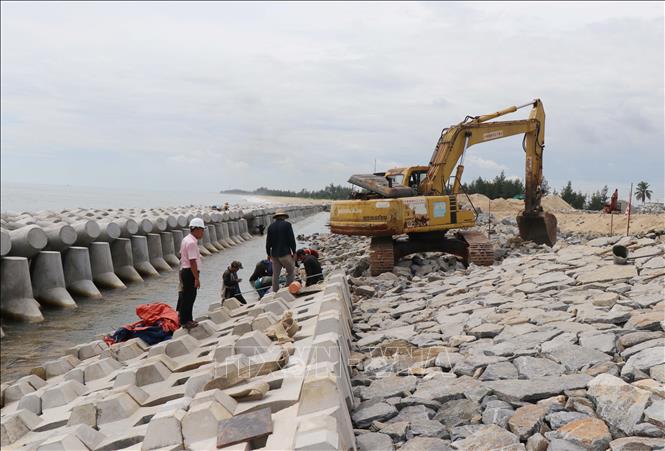
According to Mr. Nguyen Viet Thanh, Chairman of Sa Huynh Ward People's Committee, to stabilize the housing for the people, the local government has built a resettlement area and arranged new housing for people affected by high tides. In the ward, there are still two dangerous landslides in Chau Me block, affecting shops along the sea and the dike line south of Sa Huynh estuary, which was invested in 2001 and is now seriously damaged. During the rainy season, waves intrude from the southern dike, bringing sand to fill Sa Huynh estuary, making it difficult for ships and boats to enter and exit the estuary.
According to Professor, Dr. Thieu Quang Tuan, University of Water Resources, erosion occurs on a strip of coastline always following a natural system; which includes many closely related controlling processes. For example, according to river basins providing sources of mud and sand or coastal mud and sand flows nourishing the coastline, without distinguishing regions or localities according to administrative boundaries. Thus, although localities have made many efforts in implementing erosion protection projects, most of them are localized, not comprehensive for the entire system. Therefore, although initially effective, they are only limited to the protected local coastline and unintentionally give rise to or worsen the erosion problem in neighboring coastal sections of other localities.
“The abuse or in other words, the preference for applying hard engineering solutions and even applying the wrong solutions, such as building embankments whenever there is erosion, are also quite common mistakes in localities, not only wasting investment resources but also making the erosion problem more serious,” said Professor, Dr. Thieu Quang Tuan.
Towards fundamental solutions
Hue City currently has about 11.8 km of coastline, out of a total of 128 km of coastline that has been severely eroded, concentrated in areas such as Phong Quang ward, Thuan An ward; Phu Vinh and Vinh Loc communes, threatening the lives and property of more than 1,000 households as well as the infrastructure and socio-economic conditions of the coastal area of the city. In particular, annual floods often cause erosion and sedimentation of the two estuaries of Thuan An and Tu Hien, increasing the risk of natural instability in this area, affecting flood discharge flows, waterway traffic, especially offshore fishing boats and cargo ships.
According to the Department of Irrigation and Climate Change of Hue City, in order to have synchronous solutions and promptly handle important coastal erosion points, Hue City needs support from the Central budget. The People's Committee of Hue City proposed that the Prime Minister consider supporting the city with about 300 billion VND from the Central budget reserve to urgently handle about 2km of seriously and dangerously eroded coastline through Thuan An Ward (about 1.4 km long) and Phu Vinh Commune (about 600m long).
With the same concern that many coastal erosion sites are becoming more complicated while local resources are limited, Quang Ngai province also proposed that the Government consider and prioritize financial support of about VND 2,000 billion in the period 2026 - 2030 to invest in repairing coastal erosion sites in the province.
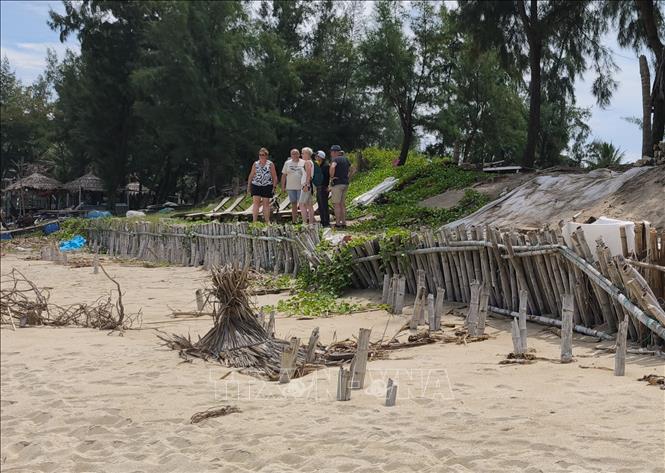
According to the Head of the Department of Water Resources and Irrigation Management of Da Nang City, Mr. Pham Quang Dong, the difficulty in implementing solutions to respond to coastal erosion today is the increasingly evident climate change, with rising sea levels. Natural fluctuations, difficult to accurately predict at the scale of each section; monsoon cycles, big waves, high tides and storms rapidly change coastal sections. This makes static solutions such as building hard revetments may not be suitable for the entire route. In addition, hard revetment and short revetment solutions can change sand transport, causing erosion in the surrounding area if not calculated comprehensively. In addition, revetment projects to sustainably protect the coast require large investment capital and long-term maintenance budgets, while the local budget must also be spent on implementing many other programs and goals.
Recently, Da Nang city has accepted the city-level project "Research to determine the causes of coastal erosion and propose solutions to protect the coast of Da Nang city" chaired by the University of Water Resources.
The research results have identified the causes and mechanisms of erosion for the Da Nang coast (research scope from Ngu Hanh Son ward to the North). Accordingly, there are three types of erosion that exist simultaneously under different hydrodynamic conditions: chronic erosion (occurring frequently and for a long time), acute erosion due to the impact of storms and tropical depressions with the increased impact of coastal revetment effects and sawtooth oscillation erosion during the Northeast monsoon. On that basis, the topic has proposed comprehensive protection options made up of groups of soft protection solutions based on nature such as beach nourishment, building dikes to reduce low-peak waves far from shore, and groin system solutions.
Da Nang City has determined that the sea space not only creates a landscape and a clean living environment but is also a driving force for the development of tourism, services, trade, logistics and maritime transport. Coastal erosion is no longer a single natural phenomenon, but has become a challenge for the sustainable development of Da Nang in the coming time.
According to the Department of Water Resources and Irrigation Management of Da Nang City, the city currently prioritizes combining "green - soft" solutions first, and combining them with mechanical solutions when necessary. That is, it encourages prioritizing solutions to restore sandbanks, plant windbreaks, mangrove forests, soft bank solutions when conditions permit, combined with soft or semi-hard revetments at sensitive points. This helps reduce environmental impacts and increase flexible adaptation capacity. When acute erosion occurs, the city will deploy emergency response with temporary measures but at the same time initiate research on long-term sustainable solutions. The city also implements planning and action plans to respond to climate change to set criteria for selecting solutions for each section of the coast, avoiding local interventions that cause widespread erosion.
Professor, Dr. Thieu Quang Tuan, University of Water Resources, believes that the fundamental solution to protect the coast from erosion must meet three basic requirements. First, the solution must be based on the cause and mechanism of erosion, that is, it must be "diagnosed" correctly to prescribe the right medicine. Second, the solution must be synchronous, within the whole coastline, each locality applying it differently will cause adverse impacts on each other. Third, the solution must minimize negative impacts on the ecological environment and neighboring coastlines.
Last lesson: Need to diagnose the disease correctly
Source: https://baotintuc.vn/kinh-te/bao-ve-dai-lua-bo-bien-mien-trung-bai-2-cuoc-chien-chua-hoi-ket-20251011075454605.htm


![[Photo] Ho Chi Minh City is brilliant with flags and flowers on the eve of the 1st Party Congress, term 2025-2030](https://vphoto.vietnam.vn/thumb/1200x675/vietnam/resource/IMAGE/2025/10/10/1760102923219_ndo_br_thiet-ke-chua-co-ten-43-png.webp)
![[Photo] General Secretary attends the parade to celebrate the 80th anniversary of the founding of the Korean Workers' Party](https://vphoto.vietnam.vn/thumb/1200x675/vietnam/resource/IMAGE/2025/10/11/1760150039564_vna-potal-tong-bi-thu-du-le-duyet-binh-ky-niem-80-nam-thanh-lap-dang-lao-dong-trieu-tien-8331994-jpg.webp)
![[Photo] Opening of the World Cultural Festival in Hanoi](https://vphoto.vietnam.vn/thumb/1200x675/vietnam/resource/IMAGE/2025/10/10/1760113426728_ndo_br_lehoi-khaimac-jpg.webp)



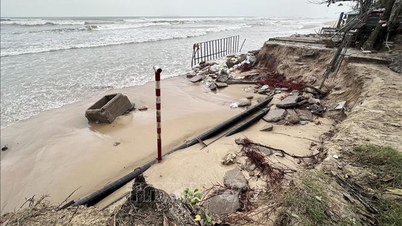
![[Photo] Hundreds of meters of Hoi An coastline seriously eroded](https://vphoto.vietnam.vn/thumb/402x226/vietnam/resource/IMAGE/2025/9/13/57c85b745a004d169dfe1ee36b6777e5)

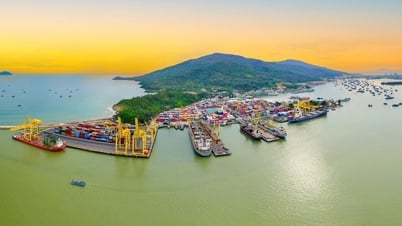



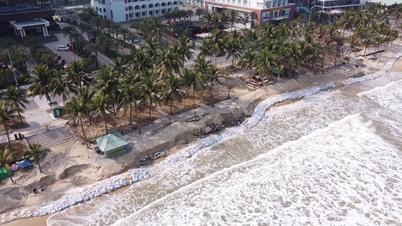
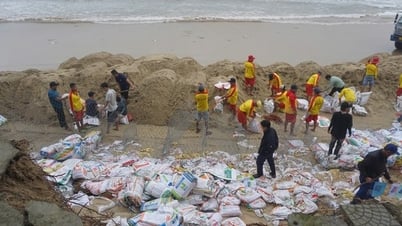









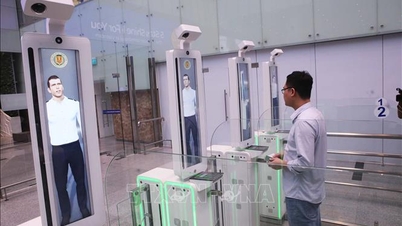








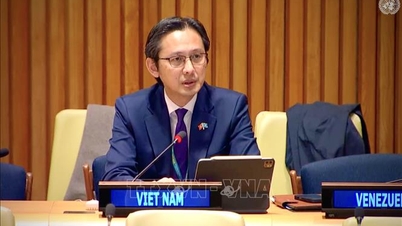






























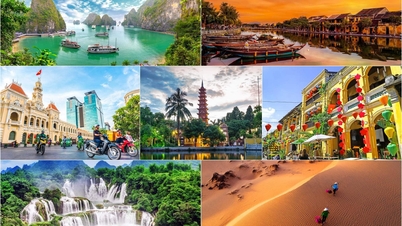




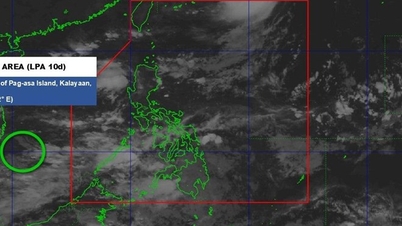






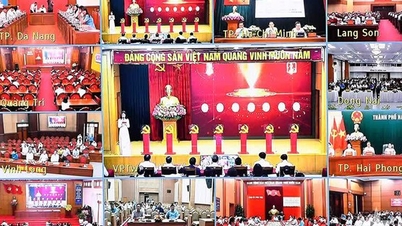

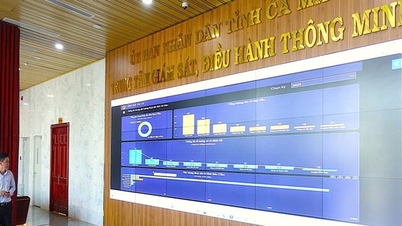
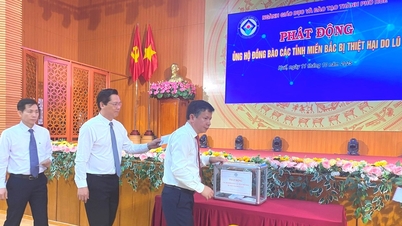



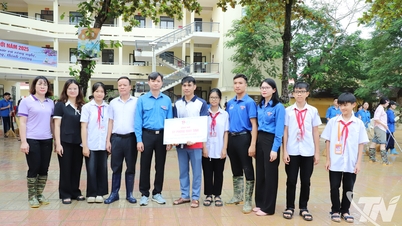


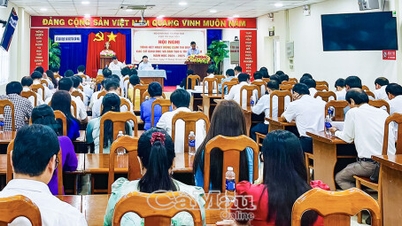

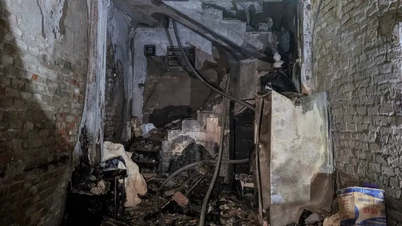













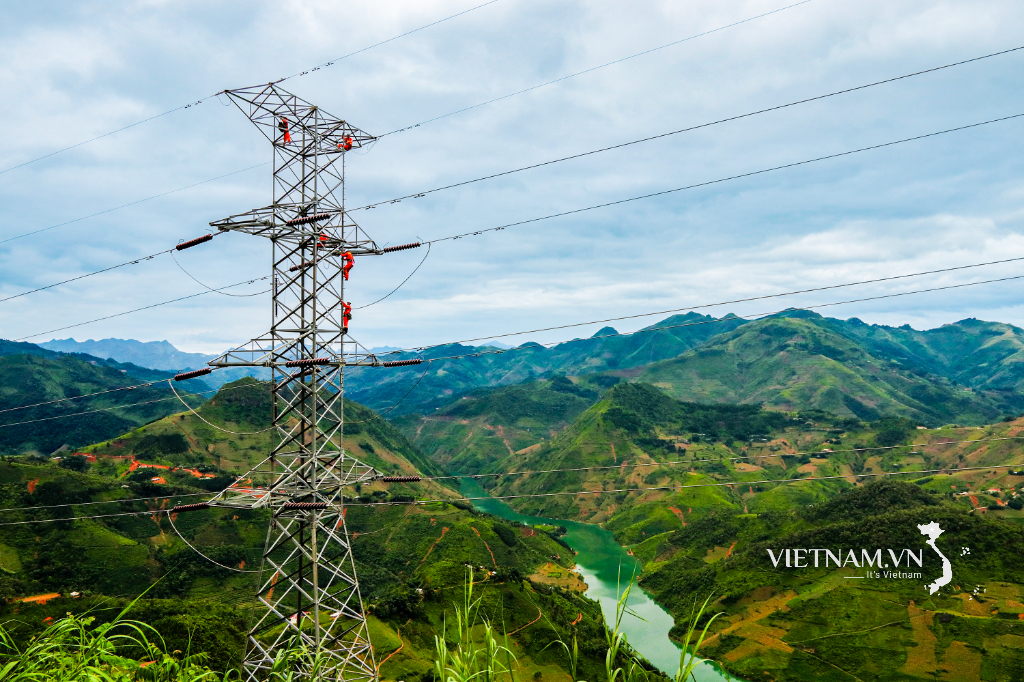


Comment (0)